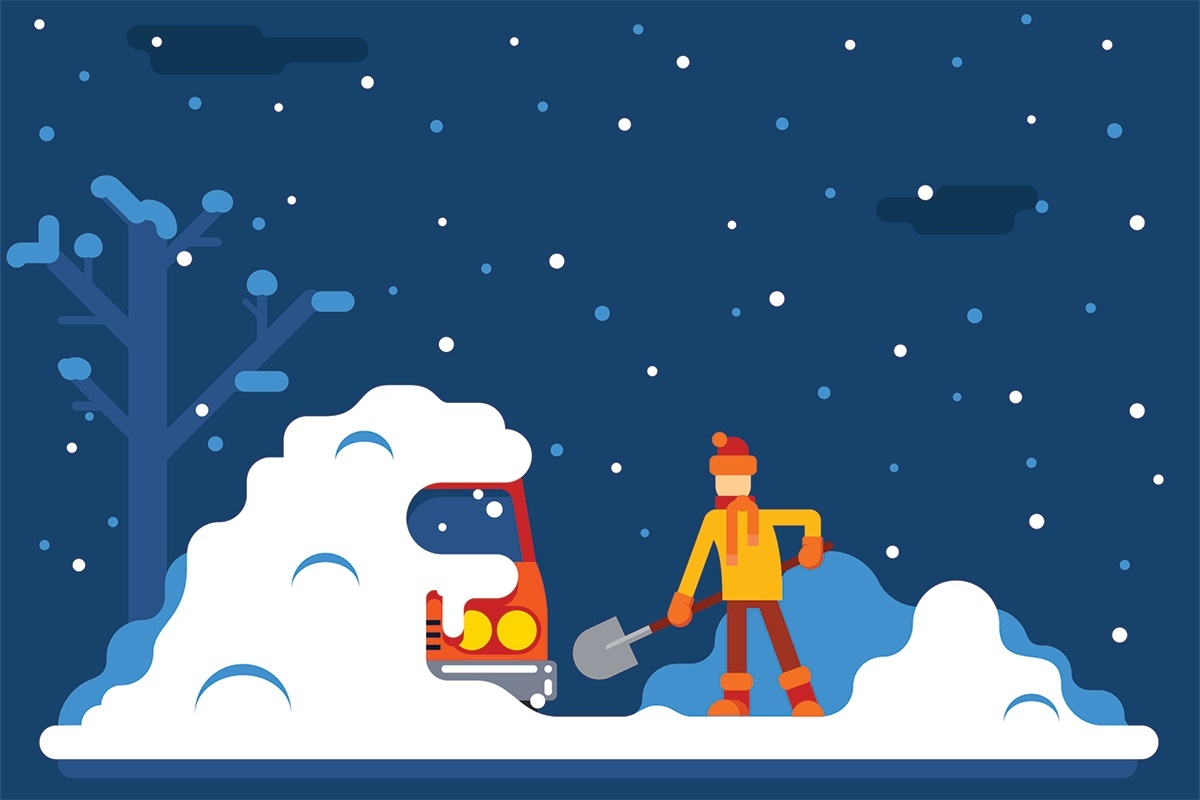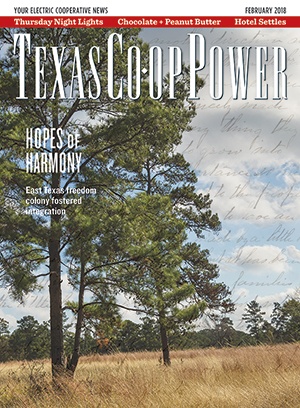Texas was one of nine states partially buried when a blizzard of never-before-seen proportions swept across the Midwest and the Texas Panhandle in late March 1957. Many were caught unprepared as drifts buried roofs in 30 feet of snow. Travel became impossible for weeks, and 11 lives were lost.
Dangerous weather can strike our state at any time. Driving in such conditions is ill-advised at best and could be downright dangerous. Follow these tips to stay safe on the roads this winter.
Check your car: It’s important to have a mechanic check the condition of the following vehicle systems before winter, when you could be heading out on treacherous roads.
Brakes: These should provide even and balanced braking. Also check that the brake fluid is at the proper level.
Engine-cooling system: Ensure a proper 50/50 mixture of antifreeze and water in the cooling system at the proper level.
Electrical system: Check the ignition system, and make sure the battery is fully charged and connections are clean. Verify that the alternator belt is in good condition with proper tension.
Exhaust system: Have a professional inspect the exhaust for leaks and that all connections, clamps and hangers are snug.
Tires: Check for proper tread depth and signs of damage or uneven wear. Inflate to proper levels.
Oil: Make sure the oil is at the proper level.
Visibility: Inspect all exterior lights, defrosters (windshield and rear window) and wipers. Install winter wiper blades.
Be prepared: The National Safety Council recommends having these items in your car for winter driving:
- Properly inflated spare tire, wheel wrench and tripod jack
- Snow shovel
- Jumper cables
- Tow and tire chains
- Bag of salt or cat litter for better tire traction or to melt snow
- Toolkit
- Flashlight and extra batteries
- Reflective triangles or flares
- Compass
- First-aid kit
- Windshield cleaner
- Ice scraper and snow brush
- Matches in a waterproof container
- Scissors and string or cord
- Nonperishable, high-energy foods like unsalted nuts, dried fruits and hard candy
- Blankets, mittens, socks and hats
Avoid a crash: If visibility is severely limited due to a whiteout, pull off the road and don’t attempt to drive farther until conditions improve.
AAA offers more winter driving tips:
- Never mix radials with other types of tires.
- If possible, avoid using your parking brake in cold, rainy or snowy weather.
- Do not use cruise control in wintry conditions.
- Look and steer in the direction you want to go.
- Accelerate and decelerate slowly.
- Increase following distance to 8–10 seconds.
- Know whether you have antilock brakes, which will “pump” the brakes for you in a skid.
- If possible, don’t stop when going uphill.
- Keep your gas tank at least half full.
- If you do get stranded, don’t try to push your vehicle out of the snow.
- Signal distress with a brightly colored cloth tied to the antenna or in a rolled-up window.


